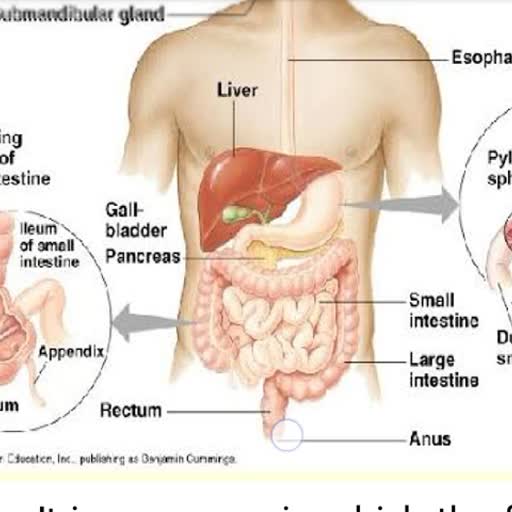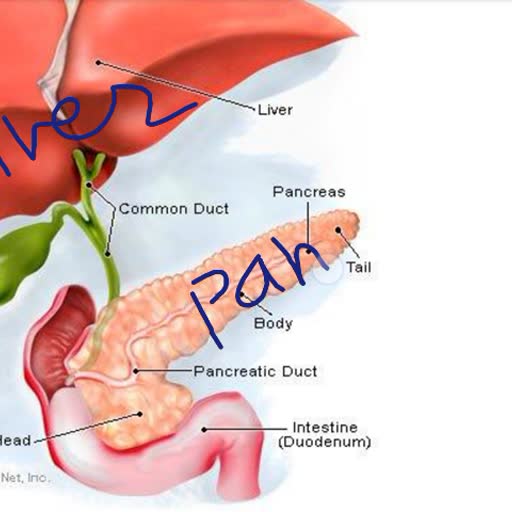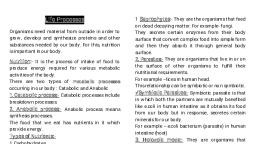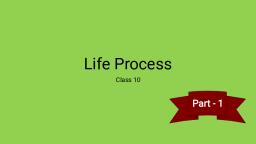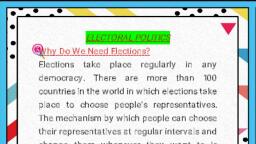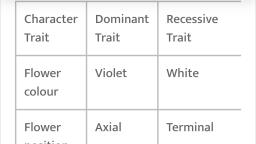Question 1 :
Uniform Circular Motion refersto a motion of an object in a circle at a constant _________.
Question 2 :
A particle is moving along a circle with uniformspeed. The physical quantity which is constantboth in magnitude and direction, is<br>
Question 4 :
If a trolley starts from rest with an acceleration of 2 $m/s^2$, the velocityof the body after 4 s would be
Question 5 :
A body dropped from a height reaches the ground in $5\;s$. The velocity with which it reaches the ground is ($g=9.8\; ms^{-2}$):
Question 6 :
A truck and a car are moving with equal velocity. On applying brakes, if both decelerate at the same rate,what happens?
Question 7 :
The distance covered by a body moving along X-axis with initial velocity 'u' and uniform acceleration 'a' is given by $x=ut+\frac {1}{2}at^2$. This result is a consequence of
Question 8 :
What determines the nature of the path followed by the particle?<br>
Question 9 :
When a stone tied to a thread and rotated with the unifrom speed it performs the uniform circular motion.<br/>State whether given statement is True/False?<br/>
Question 11 :
A race car accelerates uniformly from $18.5 m/s$ to $46.1 m/s$ in $2.47$ seconds. Determine the acceleration of the car. (in $m/s^2$)
Question 12 :
A body takes 't' seconds to reach the maximum height 'H' m , when projected vertically upward from the ground. Find the position of the body after $\displaystyle\frac { t }{ 2 }$ seconds from the ground in terms ofH.
Question 13 :
Assertion: A body with constant acceleration always moves along a straight line.
Reason: A body with constant magnitude of acceleration may not speed up.
Question 14 :
What will the ball's speed be when it returns to its starting point? (in m/s)
Question 15 :
A person is at a distance <b>x</b> from a bus when the bus begins to move with a constant acceleration <b>a.</b> What is the minimum velocity , <b>v</b> , with which the person should run towards the bus so as to catch it ?<br/>
Question 16 :
Assertion: Two similar trains are moving along the equatorial line with the same speed but in opposite direction. They will exert equal pressure on the rails.
Reason: In uniform circular motion the magnitude of acceleration remains constant but the direction continuously changes.
Question 17 :
Two balls $A$ and $B$ are simultaneously thrown. $A$ is thrown from the ground level with a velocity of $20\ m{ s }^{ -1 }$ in the upward direction and $B$ is thrown from a height of $40\ m$ in the downward direction with the same velocity. Where will the two balls meet?<br>
Question 18 :
The length of a seconds hand in watch is $1$ $cm$. The change in velocity of its tip in $15\ s$ is<br>
Question 19 :
A particle is released from rest from a tower of height 3h.The ratio of times to fall equal height h,i.e., t$_{1}$: t$_{2}$ :t$_{3}$ is
Question 20 :
A particle is kept fixed ona uniformly rotating tum-table. As seen from the ground,the particle goes in a circle, its speed is 10 cm/s and acceleration is $10\, cm/s^2$.The particle is now shifted to anew position to make the radius half ofthe original value. The new values of thespeed and acceleration willbe
Question 21 :
A particle is projected from ground with initial speed $u$ at angle $\theta$ with horizontal. If air friction is absent, then the average velocity of complete motion will be:
Question 22 :
A car accelerates from rest at $5 {m/s}^2$ and then retards to rest at $3 {m/s}^2$. The maximum velocity of the car is $30$ $m/s$. The distance covered by the car is
Question 23 :
<p>A particle is moving in $xy - plane$ in a circular path with center at the origin. If at an instant the position of the particle is given by $\frac{1}{{\sqrt 2 }}\left( {\hat i + \hat j} \right)$, then the velocity of the particle is along</p>
Question 24 :
Assertion: Acceleration of a moving particle can change it's direction without any change in direction of velocity.
Reason: If the direction of change in velocity vector changes, the direction of acceleration vector also changes.
